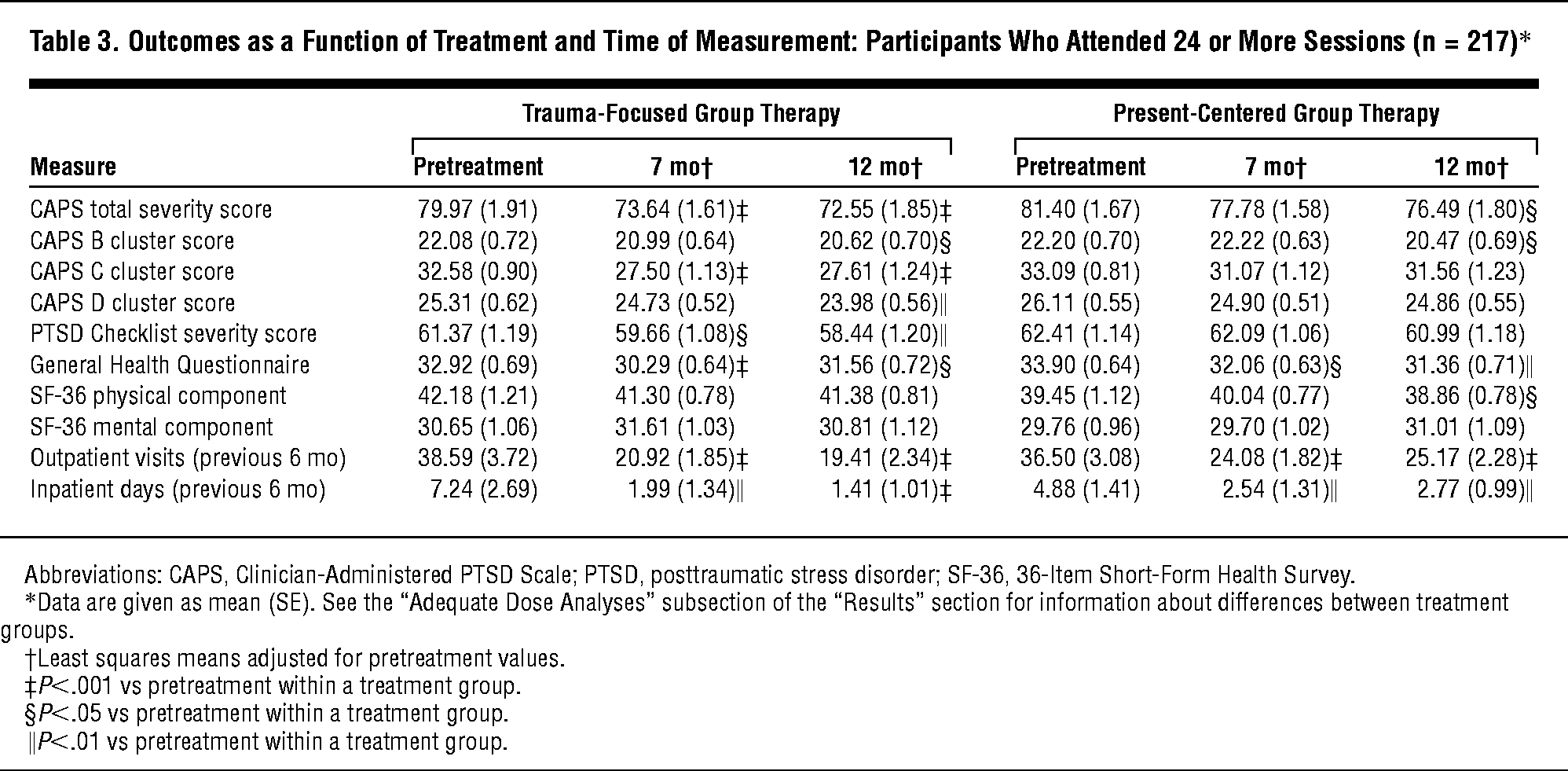Post-traumatic stress reactions in children The broad categories of symptoms (re-experiencing, avoidance/numbing and increased arousal) are present in children as well as in adults. The requirements of DSM criteria for the diagnosis of PTSD in children are that children must exhibit at least one re-experiencing symptom, three avoidance/numbing symptoms and two increased arousal symptoms. Gold miner vegas full version torrent online. From the age of 8–10 years, following traumatic events, children display reactions closely similar to those manifested by adults. Below 8 years of age, and in particular below the age of 5 years, there is less agreement as to the range and severity of the reactions. Have suggested an alternative set of criteria for the diagnosis of PTSD in children, placing more emphasis on regressive behaviours and new fears, but these have yet to be fully validated.
Traumatic reactions in children have been less extensively studied than in adults and there are few naturalistic, longitudinal studies mapping the natural history of these reactions. It has long been recognised () that it is much more difficult to elicit evidence of emotional numbing in young children. Other items indicating avoidance reactions in children simply are not relevant, thereby making it difficult for children to meet DSM criteria for that part of the diagnostic algorithm (although this does not apply to the ICD diagnosis).
Of all the interviews, the Clinician‐Administered PTSD Scale (CAPS‐1) appears to satisfy these standards most uniformly. The CAPS‐1 is a structured interview for assessing core and associated symptoms of PTSD. Clinician-Administered PTSD Scale (CAPS), for both, patients in the active phase of cancer treatment and patients in the follow-up phase of cancer treatment. The most significant result obtained from this study is that most of the patients, both in the.

In general, it is agreed that children display a wide range of stress reactions. To some extent these vary with age, with younger children displaying more overt aggression and destructiveness.
They may also show more repetitive play about the traumatic event, and this may even be reflected in repetitive drawing. Family influences As with other anxiety disorders, children’s reactions are influenced by parental reactions. In addition to modelling on their parents’ reactions (social influence) there are probably also inherited dispositions to react adversely to traumatic events (genetic influence).
This has not been adequately studied in relation to in children. What is clinically described and widely accepted is that children are very sensitive to their parents’ reactions – both to the event itself and to talking about it afterwards. Children often say that they choose not to discuss a traumatic event and/or their reactions to it with their parents, as they do not wish to upset the parents further. This is, in part, one of the reasons for the finding that even more than with other anxiety disorders, parents grossly underestimate the degree of stress reactions experienced by their children. Thus, one cannot rely solely on parental report when making diagnoses or estimating prevalence. A study by suggested that in an Australian bush fire, the children’s reactions to the event were fully accounted for by the mothers’ own mental health, rather than by the exposure to the fire.
However, as mothers had rated both their own adjustment and that of their children, this finding was suspect. Subsequent studies (for example ) have found that direct exposure is usually a stronger determinant of child reaction, with maternal reactions being important modifying influences.
New Articles
- Witcher 3 Wild Hunt Prima Guide Pdf
- Banki Semplov Dlya Nexus 2
- Photo Filter Effects Free Download
- Sql Server Compact 35 Sp2 Query Tools
- Age Of Wushu Bot Program For Conquer
- Dityach Psn Skachati Bezkoshtovno Mnusovki Plyusovki Pro Mamu
- Kodi Po Guiv
- Aga Bai Halla Machaye Re Hd Video Song Download
- Cyberlink Powerdirector 12 Crack Only Free Download
- How To Play Chicken Invaders 4 Multiplayer Lan
- Genealogicheskoe Drevo Shablon Corel
- Frankie J The One Album Zip
- 3 Doors Down The Better Life Deluxe Edition Torrent
- Prahar Mp4 Movie Download